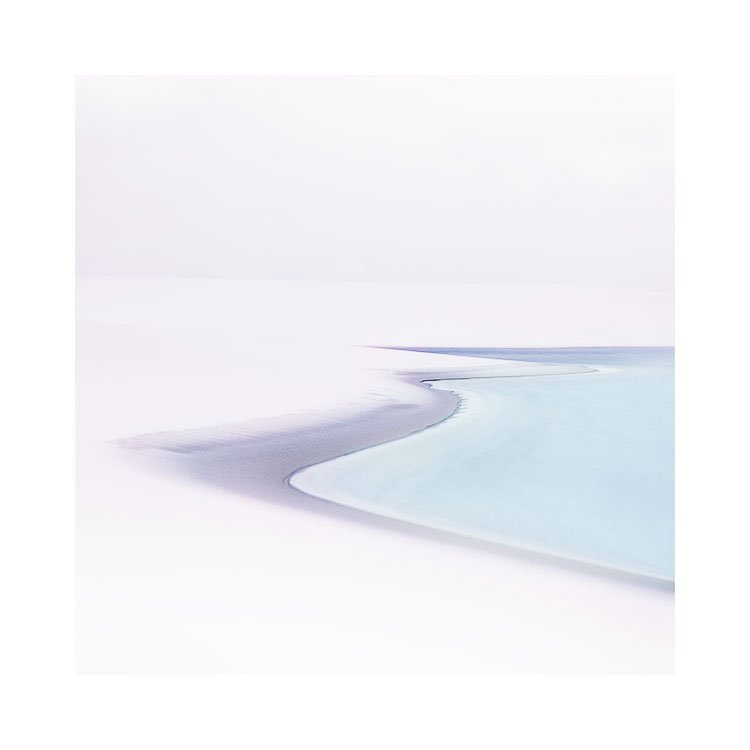When I first entered into photography back in the year 2000, digital capture was still very much in its infancy. I did not choose film, it was the only real serious option at the time, and so that decision was made for me.
It is now 2023, and I am still using film. I have found over the years of using the slide film I prefer (Velvia 50), that I have had to work in a narrow range of light. The film I use has a latitude of maybe 3 to 5 stops. I have always assumed that it is around 3 stops, and because of this, I also use grads to reduce down my scenes from 3 stops to zero stops between ground and sky.
Because the film is so limited in dynamic range, right from the beginning, I had to learn to ‘read’ the light available to me and figure out if I could shoot in it. It turns out that most light I couldn’t. I had to go looking for light where the dynamics were within that 3-stop range, and that meant looking for very soft light.
As it turns out: very soft light is perhaps the most beautiful light we can work in. And I’ve learned over the years I’ve been working with my limited film range, that my film has pushed me into learning to work in this particular light more than any other kind of light out there. I suppose I kind of like to believe that I have become an expert in soft light.
This has happened, only because of the limitations of the medium I use. If I had maybe started a decade later when digital was more established, I might not have walked that tightrope in being forced to work within the narrow range of soft light situations.
I think the tendency to think that we need more dynamic range in our cameras is a leaning on technology to provide for us, where in fact we should be learning to work with the limitations of what we have.
Consider if all your lenses broke except for your 50mm. If you were unable to get to a camera store, or mailorder, and you’re currently in the middle of the Atacama desert, what do you do? You work with what you have.
Will this catastrophe ruin your visit to the Atacama? Probably not. In some ways, having the choice of which lens to use removed from you is a blessing. You have one less thing to worry about.
It will also probably mean you will start to look at the landscape from a 50mm viewpoint. All the compositions you will begin to notice will tend towards 50mm. I would go so far as to suggest that you’ll start to get very good at it, the more you’re forced to work with your 50mm lens and nothing else.
There is one other aspect of having this limitation forced upon you: I am 100% convinced that you will produce work that you wouldn’t have, if you’d had any choice of focal length available to you.
It is only when we are pushed up against a wall, that we start to become inventive. After all, how do you know if you’ve gone too far, if you’ve never reached the boundaries of your own comfort zone? Having a limitation like catastrophic lens failure thrust upon you will give you a chance to find out.
In my view: i’d much rather get good at one thing, than feel as though I have a limited understanding of many. Limitations are good, and working around the edges of what’s possible can lead you to a place in your creativity that you may not have visited before.


